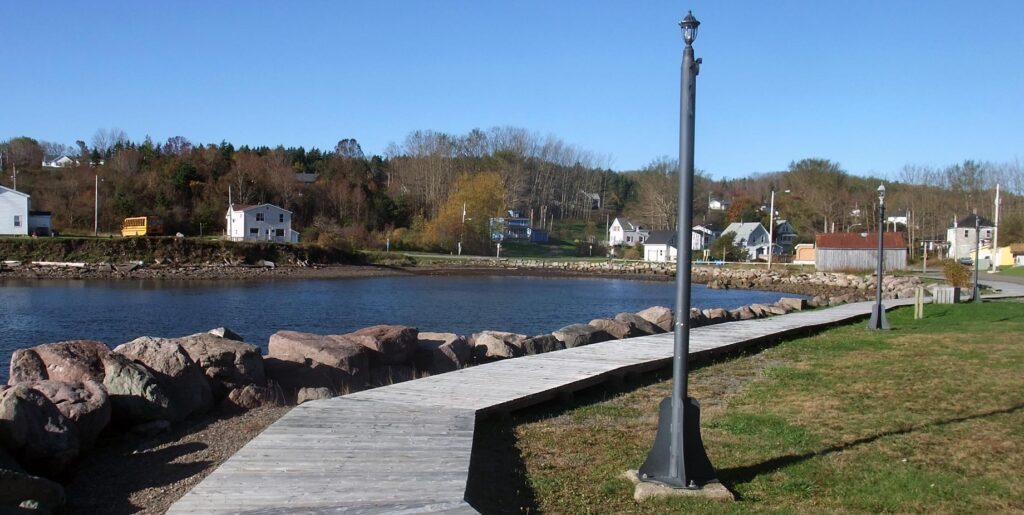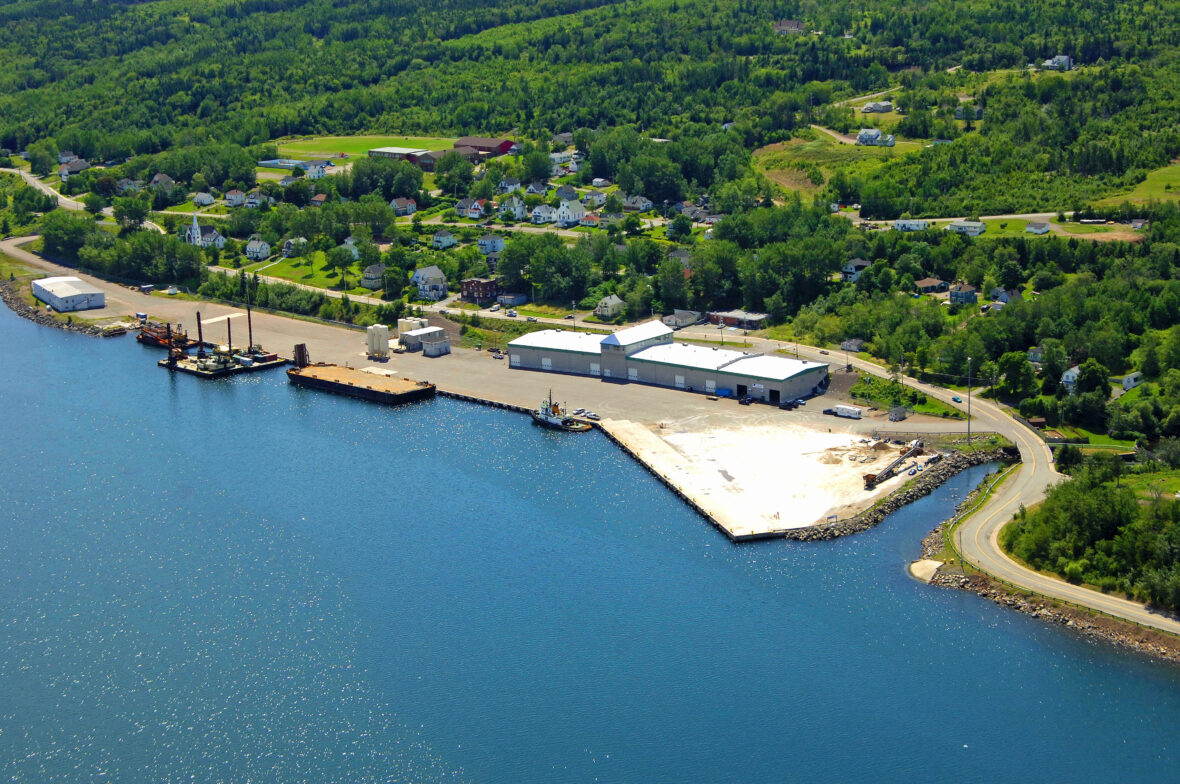Mulgrave is a town on the Strait of Canso in Guysborough County, Nova Scotia, Canada. Located along the Marine Drive, Route 344 traverses the community. Take a look below for 21 fun and awesome facts about Mulgrave, Nova Scotia, Canada.
1. The town’s current name was adopted in 1859 to honour the colonial Lieutenant Governor, the Earl of Mulgrave.
2. Lying opposite to the town of Port Hawkesbury, the community is located along the western shore of the Canso Strait.
3. It was established as McNair’s Cove in the early 19th century, and the name Port Mulgrave was adopted in 1859, later shortening to its current form.
4. The early industry of the community relied on ferry service between the Nova Scotia mainland and Cape Breton Island.
5. Ferry service began in the 1810s and rail service reached the area in the 1880s.

6. The ferry services lasted until the opening of the Canso Causeway in 1955, dealing a major blow to the local economy.
7. As of 2016, Mulgrave has a population of 722 and a population density of 40.5/km2 (104.9/sq mi), within an area of 17.83 km2 (6.88 sq mi).
8. First settled as McNair’s Cove by British Loyalists fleeing from the American Revolution, the community soon became a part of the lumber trade with the English in the early part of the nineteenth century.
9. The area was known to the mi’kmaq as Wolumkwagagunutk, translating as “lobster ground”. Regular ferry service across the Canso Strait was established in the late 1810s.
10. The ferry made an important contribution to the local economy.

11. The community adopted the title Port Mulgrave in 1859, in honour of the colonial Lieutenant Governor, the Earl of Mulgrave, and the name was gradually shortened to its present form.
12. Rail service reached the community in the 1882 and rail cars were transported across the strait by 1893.
13. The economy was badly affected however, when in 1870 trade agreements in the fishing industry were cancelled to protect the American fish market, and the local fishing industry collapsed.
14. Gradually, people began moving away, and by 1880 more than a third of the population moved, mainly to New England in search of employment.
15. By the turn of the 20th century, the railways has risen to become the main industry in Mulgrave, and the community was becoming a bustling rail terminal, equipped with several auxiliary services to the existing railways.

16. Adding to the economy were a new lobster factory and a new rail ferry, which further increased capacity across the Strait of Canso to Port Hawkesbury.
17. Mulgrave served as a link between mainland Nova Scotia and Cape Breton Island, as well as Newfoundland.
18. In 1923, the community was incorporated as a town.
19. In August 1955, the community suffered a major economic blow with the opening of the Canso Causeway which immediately removed both road and rail traffic through the town.
20. In the 2016 Census, Mulgrave recorded a population of 722 living in 310 of its 327 total private dwellings, a change of -9.1% from its 2011 population of 794.

21. With a land area of 17.83 km2 (6.88 sq mi), it had a population density of 40.5/km2 (104.9/sq mi) in 2016.




